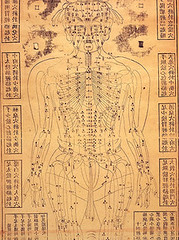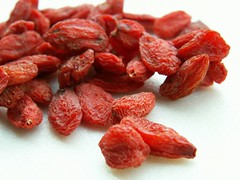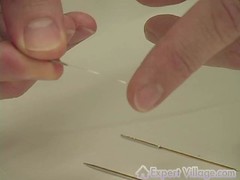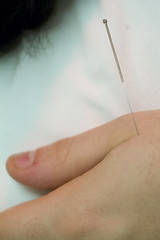 There is a lot of speculation around what a woman should or should not be exposed to while trying to get pregnant. For example, caffeine consumption, tuna fish, processed sugars, and refined flours are all to be avoided when trying to conceive, and only fresh, organic foods should be consumed (which is all true). However, did you know that your environment can also harbor several unknown hazards?
There is a lot of speculation around what a woman should or should not be exposed to while trying to get pregnant. For example, caffeine consumption, tuna fish, processed sugars, and refined flours are all to be avoided when trying to conceive, and only fresh, organic foods should be consumed (which is all true). However, did you know that your environment can also harbor several unknown hazards?
A recent article came out about a research study on fire retardant chemicals and their affect on the ability to conceive :
Researchers looked at data on 223 pregnant women participating in a study specifically studying chemical exposure and any effect on reproductive health. What they discovered was that women born outside the U.S. had lower levels of PBDEs (Polybrominated diphenyl ethers) in their blood than American-born women. And when the researchers looked at data on women trying to conceive a child, they found that women who tested with high levels of the flame retardant in their blood were 50% less likely to become pregnant in any given month than women with lower blood levels of the chemicals.
There is also a need to be aware of not only of which foods you consume, but the chemicals added to the foods during the packaging process. What you find may surprise you! This Times Online article discusses how chemicals used during food packaging are also linked to fertility problems:
A study of 1,240 women has found that those with higher levels of perfluorinated chemicals (PFCs) in their bloodstreams tend to take longer to become pregnant than those with lower levels.
To avoid perflourinated chemicals, check out this article from the site Pollution in People. It has great tips on how to avoid these chemicals that are added to packaging in foods and other consumer products. Look for the words "fluoro” or ”perfluoro" and avoid anything with the word Teflon in the packaging.
Reading the packaging carefully, and trying to eat fresh foods made from ingredients that you either made yourself or cooked at home. Prepare your own meals and take care of your body by eating whole, fresh foods. Organic fruits and vegetables, and preparing homemade soups, stews, and sauces to have on hand is a great way to avoid frozen and prepackaged foods.

A few more articles to check out to improve your fertility and avoid toxic chemicals are: 5 top fats for fertility by Dr. Nishant Rao at WellWire.com, and on Natural Baby Pros, a great article from Lorne Brown- Natural Fertility: Boosting Fertility with Chinese Medicine.




















